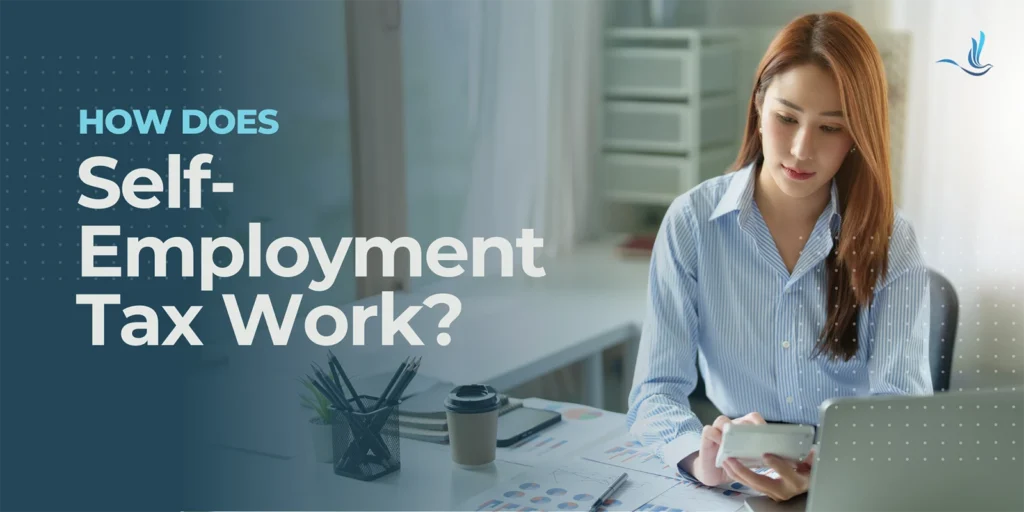
Self-employment can be a rewarding path, providing individuals with the autonomy to pursue their passions and build their own businesses. However, one aspect of self-employment that often catches people off guard is the self-employment tax. Unlike traditional employees who have taxes withheld from their paychecks, self-employed individuals must navigate a complex landscape of tax obligations. In this article, we will explore what self-employment tax is, how it is calculated, and essential tips for managing this financial responsibility.
What is Self-Employment Tax?
Self-employment tax is a contribution to Social Security and Medicare for individuals who work for themselves. While employees typically have these taxes withheld from their paychecks, self-employed individuals are responsible for both the employer and employee portions. This means that self-employed individuals must cover 15.3% of their net earnings for these two programs. In other words, 15.3% of your business profit is taxed to cover self-employment taxes.
Breaking Down the Components
- Social Security: In 2023, the Social Security portion of the self-employment tax is 12.4%, with the first $160,200 of net income subject to this tax. Earnings beyond this threshold are not subject to the Social Security portion of the self-employment tax. In 2024, the threshold is capped at $168,600.
- Medicare: The Medicare portion is 2.9% of net earnings. Unlike Social Security, there is no income cap for Medicare tax. In other words, all net earnings are subject to the 2.9% tax.
- Additional Medicare Tax: For higher-income individuals, an additional 0.9% Medicare tax may apply to earnings exceeding $200,000 for single filers, heads of household, or qualifying surviving spouses with dependent children. For married couples filing jointly, this amount increases to $250,000. If you are married filing separately, you’ll pay the additional Medicare tax on earnings that exceed $125,000.
Calculating Self-Employment Tax
To calculate self-employment tax, you’ll first need to determine your net earnings with Schedule SE, Self-Employment Tax. This is your total income from self-employment minus allowable business expenses. Once you have your net earnings, multiply that amount by 15.3% to find the total self-employment tax due. While you will owe 15.3% of your net earnings for self-employment tax, you can deduct the “employer-equivalent portion” on your income tax return.
For example, if you find that you owe $3,000 in self-employment tax, you will be required to pay the full amount during the year. When you file your annual tax return, you can deduct $1,500 on your 1040. Be sure to also look into other tax deductions for small businesses to minimize your tax liability.
Managing Self-Employment Tax
Having your own business puts you on the hook for making sure you’re staying up to date with your financial and tax obligations. Beside managing the operations side of your business, you’ll have several items to keep in mind for self-employment tax.
- Quarterly Estimated Tax Payments: Since self-employed individuals don’t have taxes withheld from their income throughout the year, it’s crucial to make quarterly estimated tax payments to the IRS. Failure to do so may result in penalties.
- Keep Accurate Records: Maintain detailed records of your business income and expenses. This not only helps you accurately calculate your self-employment tax but also ensures you can take advantage of all eligible deductions.
- Explore Deductions: Self-employed individuals can deduct certain business expenses from their income, reducing their taxable net earnings. Common deductions include home office expenses, business-related travel, and health insurance premiums.
Given the complexity of self-employment tax rules, it’s advisable to consult a tax professional. They can help you navigate the intricacies of tax laws, identify eligible deductions, and ensure compliance.
Conclusion
Self-employment tax is an essential consideration for individuals working independently. Understanding its components, calculating the tax accurately, and managing financial responsibilities through proper record-keeping and strategic planning are key to a successful self-employed journey. By staying informed and seeking professional advice when needed, individuals can confidently navigate the maze of self-employment tax and focus on building a thriving business. Optima Tax Relief is the nation’s leading tax resolution firm with over a decade of experience helping taxpayers with tough tax situations.
If You Need Tax Help, Contact Us Today for a Free Consultation